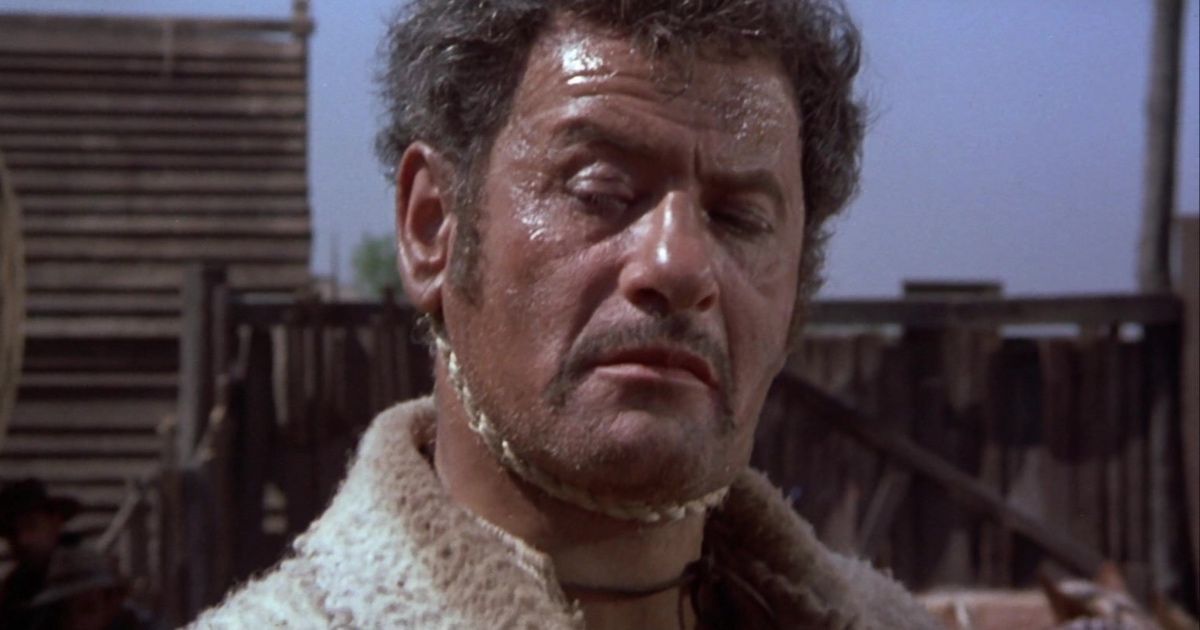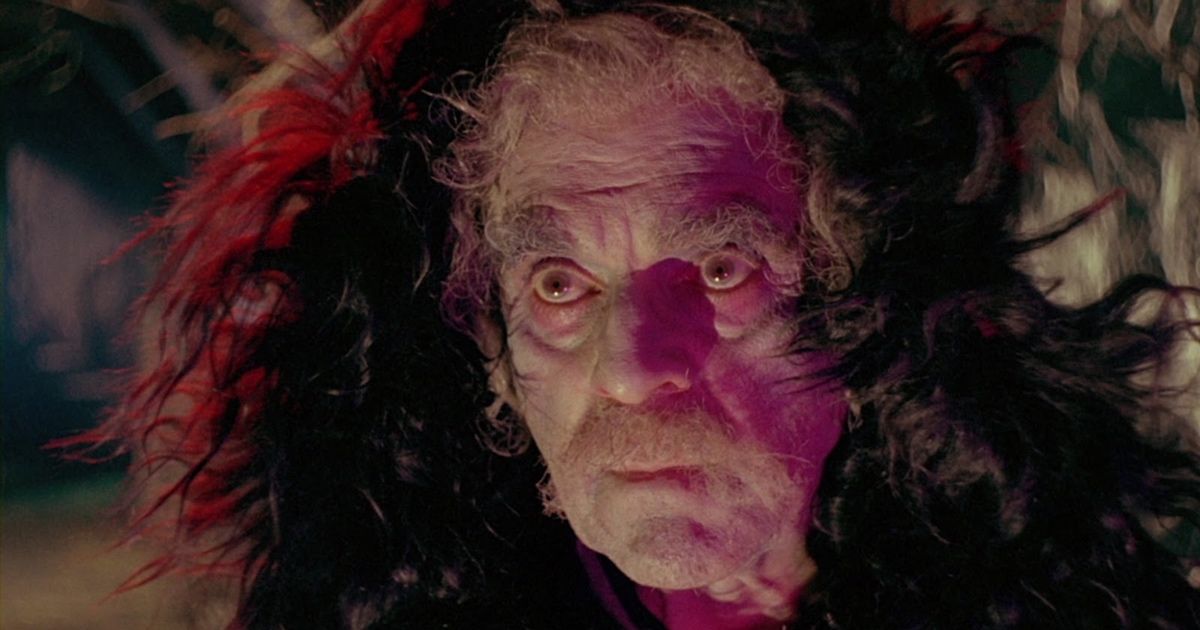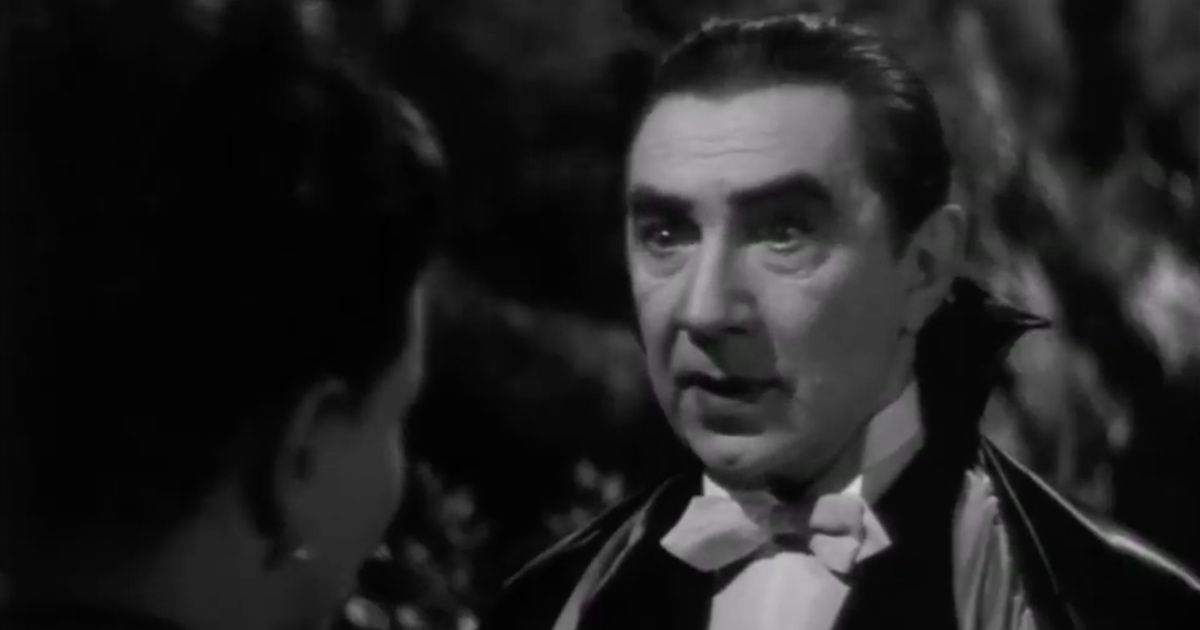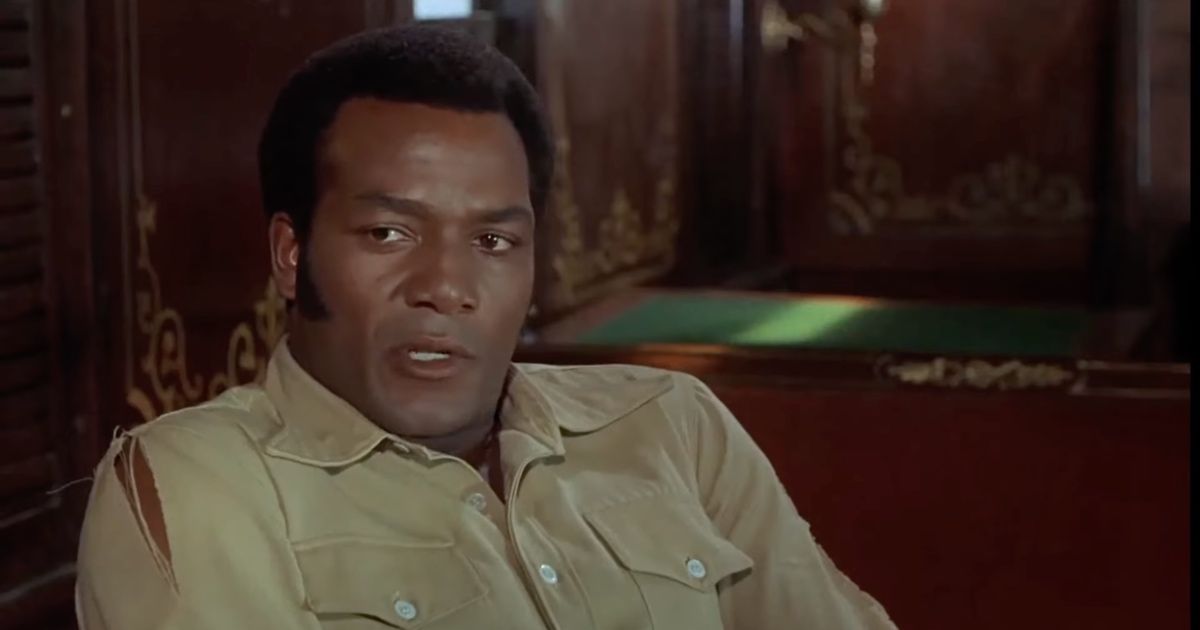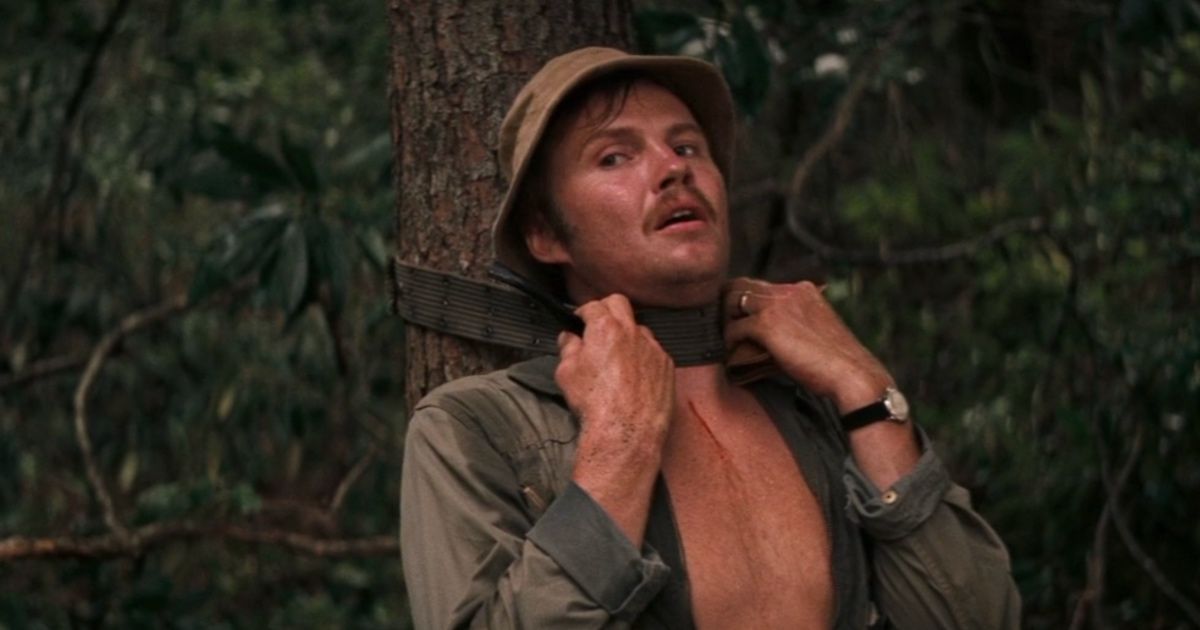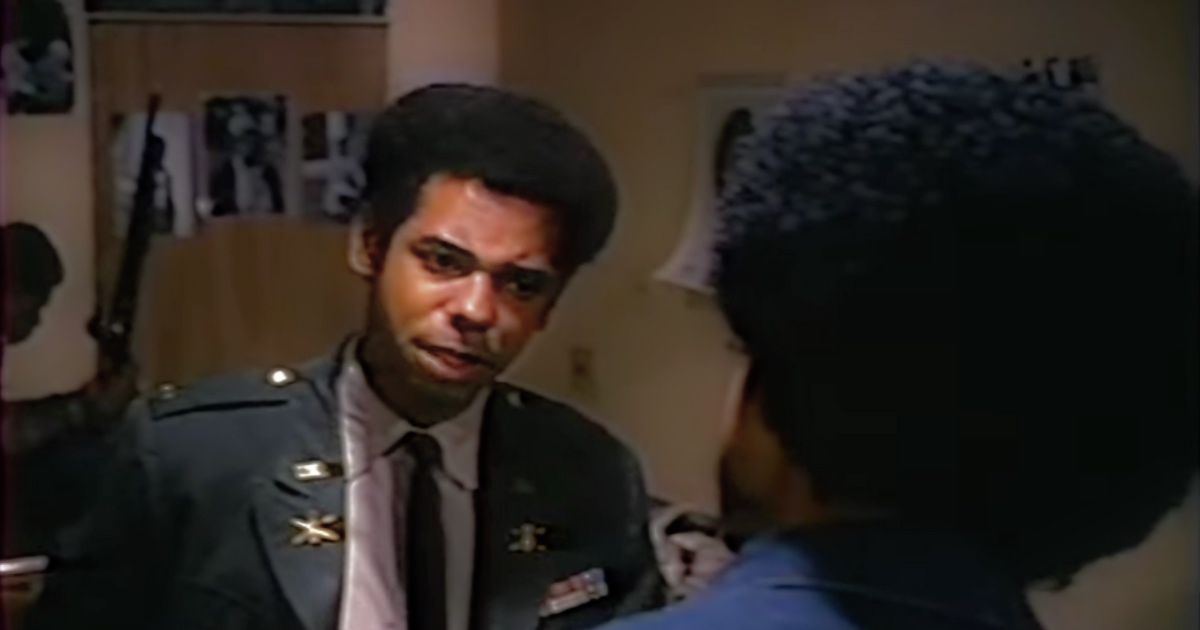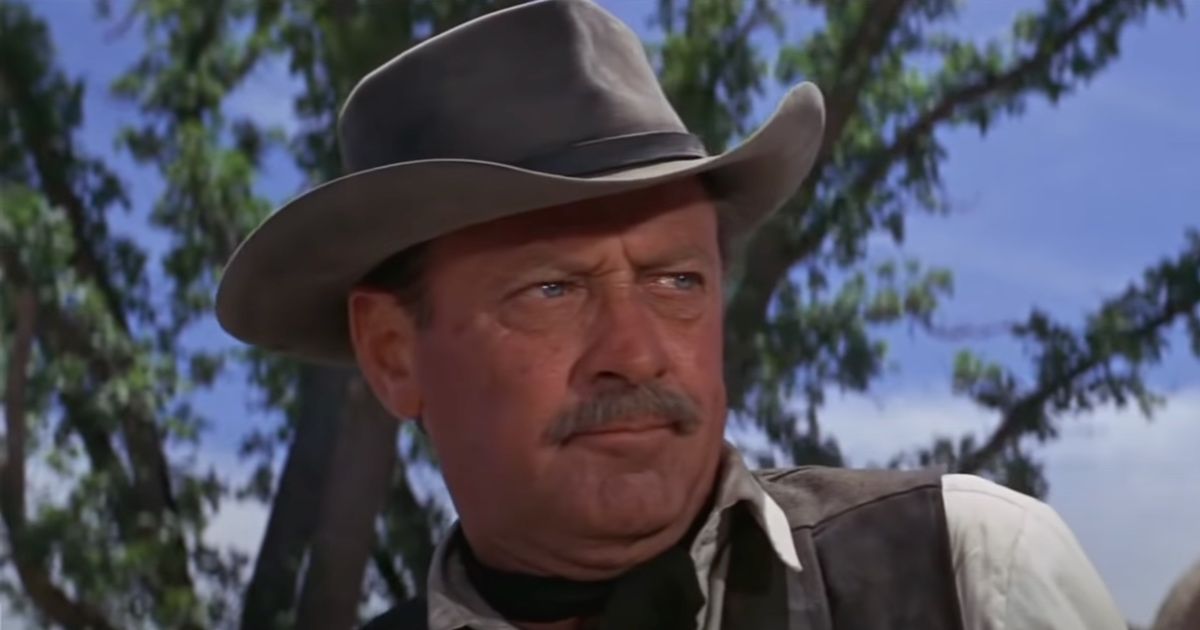If someone still didn't know, Quentin Tarantino is a cinema encyclopedia. He started watching movies at a young age and amassed such an impressive knowledge that, other than his own movies, fans are always looking for new recommendations that could transpire from his interviews. As passionate as only Tarantino can be, he will not only tell you the plot, the cast, the crew and more, but also reminisce about how the movie influenced him as a filmmaker and cinema connoisseur.
The following is a list of movies Quentin Tarantino saw growing up and includes works from the 1940s, '60s and '70s. The filmmaker's omnivore taste was as powerful as it is today, and you will find dusty gems to be rediscovered, as much as highly influential movies.
7 Black Sabbath (1963)
Black Sabbath is divided into three independent stories, which are all preceded by an introduction by Boris Karloff. The first story is called "The Telephone" and talks about Rosy (Michèle Mercier), a girl who receives continuous calls from an unknown stalker. The second "The Wurdulak" is set in Serbia and refers to the vampire-like monster that sucks the blood of loved ones. The third story, "The Drop of Water," deals with a stealing nurse named Helen (Jacqueline Pierreux).
The movie was co-written and directed by Mario Bava, widely considered one of the greatest horror directors of all time. Tarantino saw it in his childhood, on late-night television, and recalled in a SiriusXM Town Hall how Bava (and Sergio Leone) made him start thinking about films in terms of shots.
6 Abbot And Costello Meet Frankenstein (1948)
Abbot And Costello Meet Frankenstein is a 1948 classic that Tarantino credited, in the same interview for Sirius XM, as fundamental for showing him the possibility of blending genres. In fact, this horror is infused with the comedy of the American duo and sees Dracula (Bela Lugosi) looking for Costello's brain, deemed "simple" enough for bringing back to life Frankenstein (Glenn Strange).
Directed by Charles Barton, Abbot And Costello Meet Frankenstein is as funny as possible. Despite the mixed reviews, its success unleashed a series of movies with the comedic duo and other famous horror characters. The amusing aspect of this horror comedy is that, after all these years, it still makes you laugh and enjoy every scene.
5 100 Rifles (1969)
In a recent talk with Bill Maher, Quentin Tarantino told the American comedian about the importance of 100 Rifles for his personal cinema development; Tarantino explained how the experience he had watching the movie in 1972 is what he wants to give to his own audience. This western stars Burt Reynolds as the rebel bank robber Yaqui Joe and Jim Brown as Lyedecker, the sheriff who wants to capture him; the movie also has Raquel Welch as Sarita, an Indian revolutionary who will join the faith of the two men.
Despite the poor performance at the box office and not-so-welcoming reviews by the critics, 100 Rifles still retains some positive aspects. The cast is strong and features some of the greatest stars of the time. Moreover, the story is intriguing even though not fully developed as it could have been. A movie with great potential that didn't fully blossom.
4 Deliverance (1972)
Written and produced by English filmmaker John Boorman, Deliverance narrates the story of four businessmen on an adventure trip whose experience will drastically change after two of them meet a couple of mountain men in the wilderness. Famously known for the striking and graphic rape scene, this is one of the best thrillers of the 1970s.
The superb cinematography stands out immediately, characterized by a predominance of brown and green. It is essential in capturing the spectators and immersing them in the foliage of the Appalachian region. Moreover, the cast is well-assembled and functions perfectly in highlighting the dynamics of the group of friends. A thriller like this is hard to forget.
3 The Bus Is Coming (1971)
The Bus Is Coming is an independent drama set in Watts, a neighborhood in Los Angeles, and centered on Billy (Mike B. Simms), a black soldier returned home from Vietnam. He discovers that his brother has been killed by a crew of racist cops and decides to join a black nationalist group to avenge him.
This movie sends you back in time to the decade of the countercultures, here referencing the black power movement. The political attitude of the movie is present from the beginning and doesn't shy away from the message it wants to convey, a tough critique of police brutality and the unresolved problem of racism in America. A movie which message stands the test of time.
2 The Wild Bunch (1969)
The Wild Bunch is one of the best movies of the New Hollywood period and a classic in the filmography of Sam Peckinpah, the king of revisionist westerns. Pike Bishop (William Holden) is an aged robber looking for retirement; when his last hit with the crew results in a setup, revenge will only solve the matter.
This revisionist masterpiece completely annihilates the western genre, clarifying once more the unattainability of Peckinpah's style. The way the American director constructs an action scene, with the alternating editing between full-speed action and slow-motion, amplifies the details while preserving its punch. Tarantino saw the movie in a daring double feature with Deliverance in 1973 with his mom. You do the math.
1 The Good, The Bad And The Ugly (1966)
One of the greatest influences of Tarantino's style is without a doubt Sergio Leone. His masterpiece The Good, The Bad And The Ugly is considered the best example of the spaghetti western genre and the movie that completely set off Clint Eastwood's career. The movie title references the three main characters: a bounty hunter without a name (Clint Eastwood), a Mexican outlaw called Tuco (Eli Wallach) and a mercenary named Angel Eyes.
Sergio Leone reached one of the peaks of his career with this 1966 movie, mastering, even more, his trademark style of intense close-ups, esthetical violence, and slow-paced hypnotizing rhythm. Moreover, Clint Eastwood is perfect with his expressionless, stoic face, while Wallach steals the scene with his unique humor.

